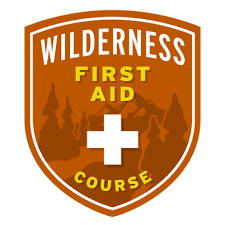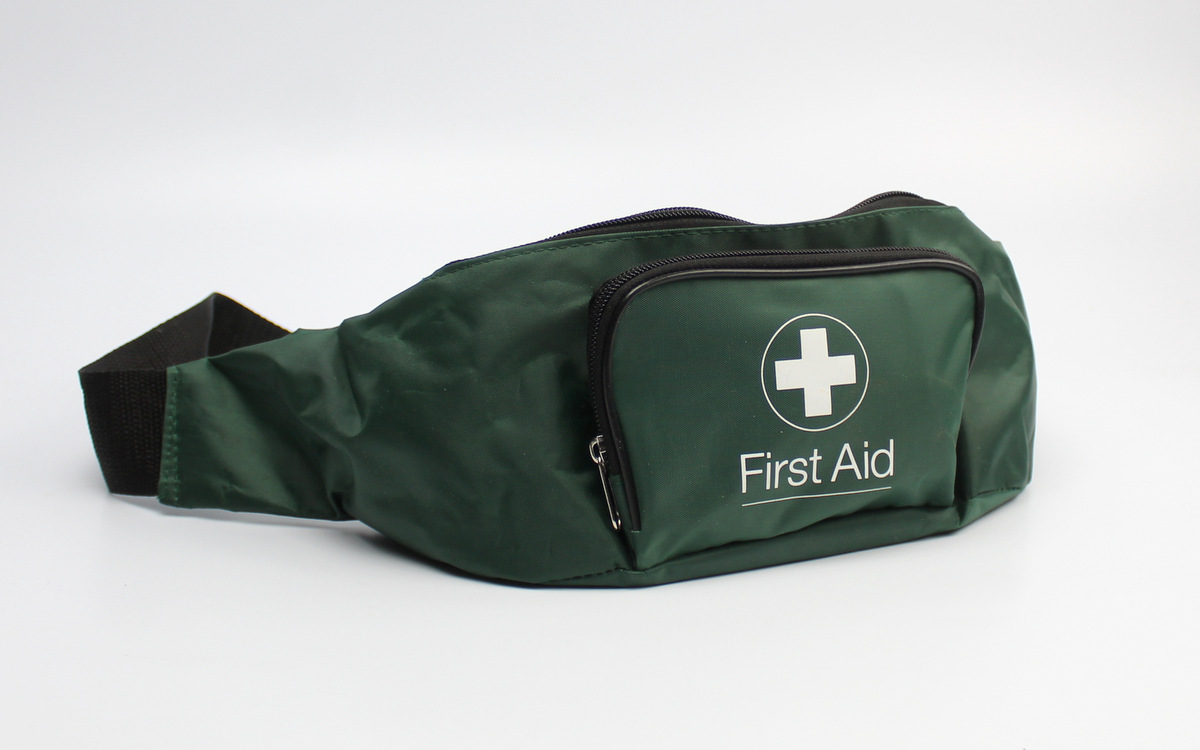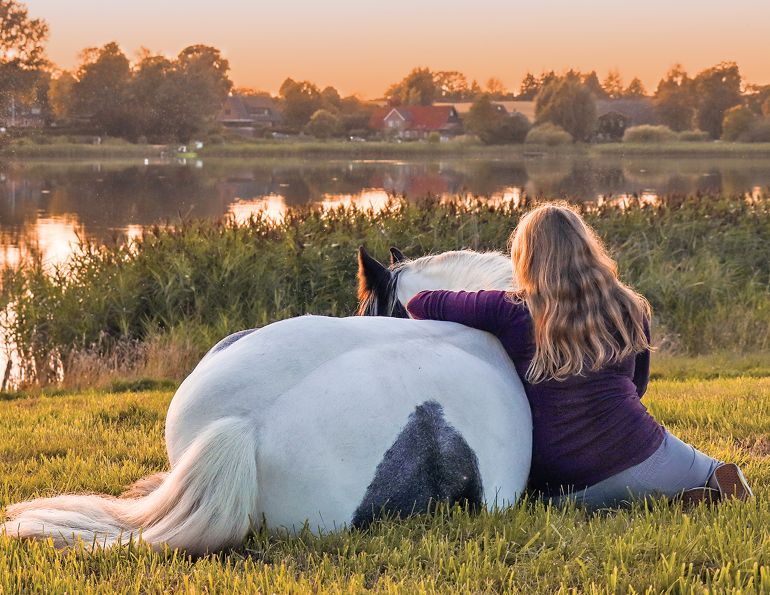Horses and Wilderness First Aid: Being Prepared

When venturing into the wilderness with horses, being prepared for emergencies is crucial. Horses are strong and resilient animals, but they can face injuries or health issues that require immediate attention. This article explores essential wilderness first aid knowledge for horse owners and riders, ensuring safety and well-being for both horse and human.
Why Wilderness First Aid for Horses Matters

In remote areas, veterinary help may not be immediately available. Understanding basic first aid can prevent minor injuries from becoming severe and can save your horse’s life. Being prepared also boosts your confidence and ability to handle unexpected situations calmly.
Essential First Aid Kit for Horses
Having a well-stocked first aid kit tailored for horses is the first step. Here’s a table outlining key items:
| Item | Purpose |
|---|---|
| Sterile gauze pads | Wound cleaning and dressing |
| Antiseptic solution | Disinfecting wounds |
| Bandage rolls | Securing dressings and supporting limbs |
| Scissors | Cutting bandages or tape |
| Tweezers | Removing debris from wounds |
| Hoof pick | Cleaning hooves |
| Thermometer | Monitoring horse’s temperature |
| Latex gloves | Hygiene and protection |
| Pain relief medication | Managing pain (consult vet first) |
Common Injuries and How to Treat Them
Cuts and Abrasions
- Clean the wound with antiseptic solution.
- Apply sterile gauze and secure with bandage rolls.
- Monitor for signs of infection.
Hoof Injuries
- Use a hoof pick to remove debris.
- Check for puncture wounds or cracks.
- Apply antiseptic and bandage if necessary.
Heat Exhaustion
- Move the horse to shade.
- Offer water and cool the horse with wet towels.
- Monitor temperature and breathing.
Colic
- Recognize signs: pawing, rolling, sweating.
- Do not feed or water.
- Contact a veterinarian immediately.
Preparing Yourself and Your Horse
- Learn basic horse first aid through certified courses.
- Practice handling your horse calmly during emergencies.
- Keep emergency contacts and veterinary information accessible.
- Regularly check and update your first aid kit.
FAQ
Q: How often should I check my horse’s first aid kit?
A: Before every trip and at least monthly to ensure supplies are fresh and complete.
Q: Can I use human first aid supplies on horses?
A: Some items are suitable, but it’s best to use equine-specific products when possible.
Q: What should I do if my horse has a deep wound?
A: Control bleeding with pressure, clean the wound, bandage it, and seek veterinary care immediately.
Conclusion
Being prepared with the right knowledge and tools for wilderness first aid can make a significant difference in your horse’s health and safety. Regular training and a well-equipped kit empower you to handle emergencies confidently, ensuring enjoyable and safe outdoor adventures with your equine companion.
